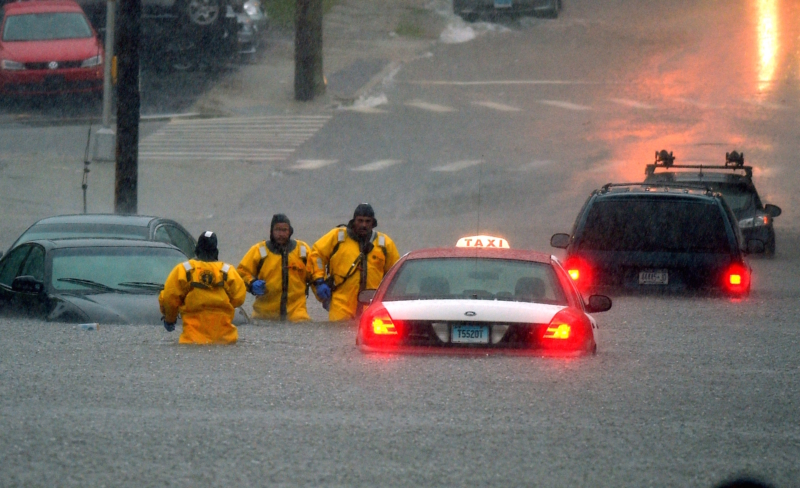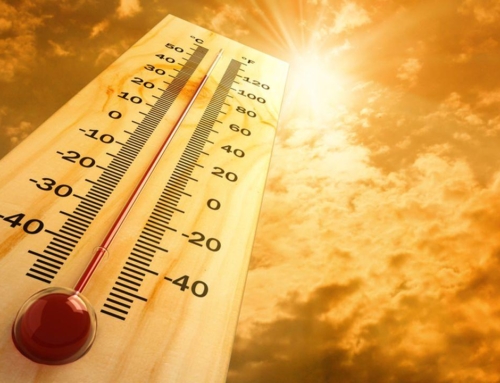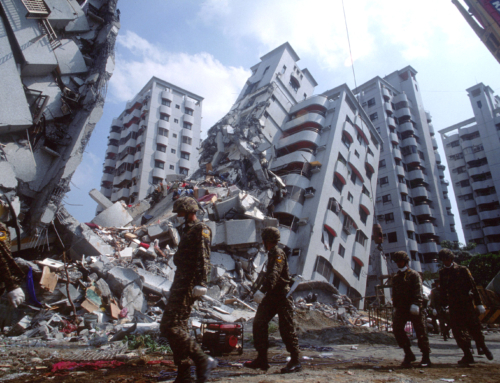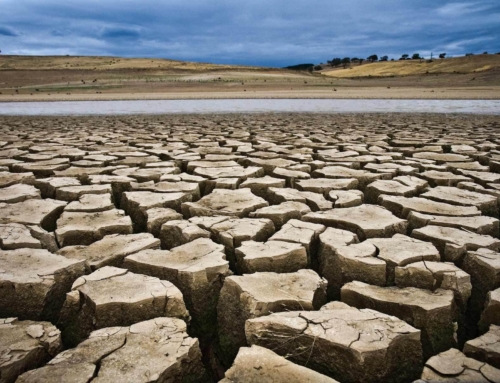This page explains what actions to take when you receive a flood watch or warning alert from the National Weather Service for your local area and what to do before, during, and after a flood.
- Turn Around, Don’t Drown! ®
- Avoid walking or driving through flood waters.
- Just 6 inches of moving water can knock you down, and 2 feet of water can sweep your vehicle away.
- If there is a chance of flash flooding, move immediately to higher ground. Flash floods are the #1 cause of weather-related deaths in the US.
- If floodwaters rise around your car but the water is not moving, abandon the car and move to higher ground. Do not leave the car and enter moving water.
- Avoid camping or parking along streams, rivers, and creeks during heavy rainfall. These areas can flood quickly and with little warning.
Source: https://www.ready.gov/floods
Flood Watch = “Be Aware.” Conditions are right for flooding to occur in your area.
Steps to Take
- Turn on your TV/radio. You will receive the latest weather updates and emergency instructions.
- Know where to go. You may need to reach higher ground quickly and on foot.
- Build or restock your emergency preparedness kit. Include a flashlight, batteries, cash, and first aid supplies.
Prepare Your Home
- Bring in outdoor furniture and move important indoor items to the highest possible floor. This will help protect them from flood damage.
- Disconnect electrical appliances and do not touch electrical equipment if you are wet or standing in water. You could be electrocuted.
- If instructed, turn off your gas and electricity at the main switch or valve. This helps prevent fires and explosions.
Flood Warning = “Take Action!” Flooding is either happening or will happen shortly.
Steps to Take
- Move immediately to higher ground or stay on high ground.
- Evacuate if directed.
- Avoid walking or driving through flood waters. Turn Around, Don’t Drown! Just 6 inches of moving water can knock you down and 2 feet of water can sweep your vehicle away.
- Return home only when authorities say it is safe.
- Be aware of areas where floodwaters have receded and watch out for debris. Floodwaters often erode roads and walkways.
- Do not attempt to drive through areas that are still flooded.
- Avoid standing water as it may be electrically charged from underground or downed power lines.
- Photograph damage to your property for insurance purposes.






















